Belgium’s Belfries and Béguinages – World Heritage at Its Best
I’ve noticed that I’m beginning to focus more and more on UNESCO World Heritage Sites when I travel. Those places are all unique on their own way, whether it’s because of their natural landscape or historic value. I love them.
Belgium happens to be home to no fewer than eleven World Heritage Sites, which is quite impressive for such a small country. Three are located in Flanders, four in Wallonia, three in Brussels, and one is spread out over the entire country.
Let’s focus on two of them—the “Belfries of Belgium and France” and the “Flemish Béguinages”—two sites that are unique to this little corner in western Europe. Belfries and béguinages aren’t found anywhere else in the world.
Belgium’s Belfries and Béguinages
Belfries of Belgium
Towering buildings that dominate the skyline of towns and cities across Belgium and northern France, belfries symbolized those towns’ and cities’ autonomy, power and wealth. While other independent cities in Europe built ornate town halls, those in and around what is now Belgium built belfries.
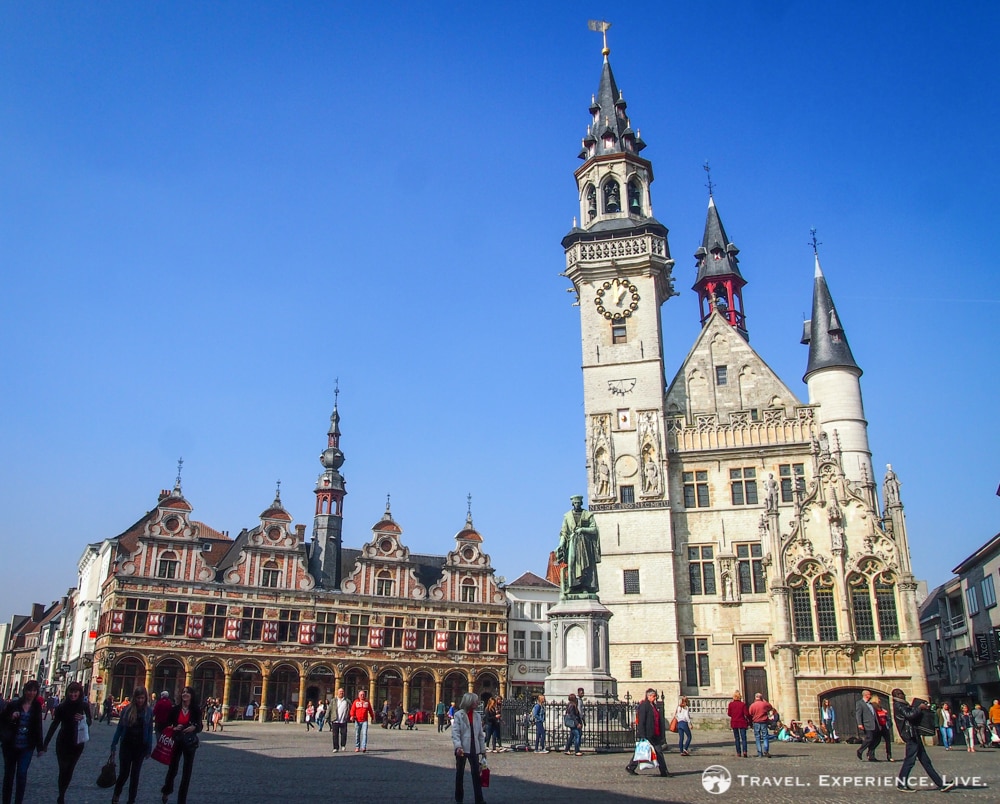
The main difference between a town hall and a belfry is that a belfry has multiple purposes. Its functions weren’t limited to governing the community, but also included keeping treasures and charters, serving as a meeting place for the city council, housing the communal bells and serving as a watchtower and sometimes even as a prison.
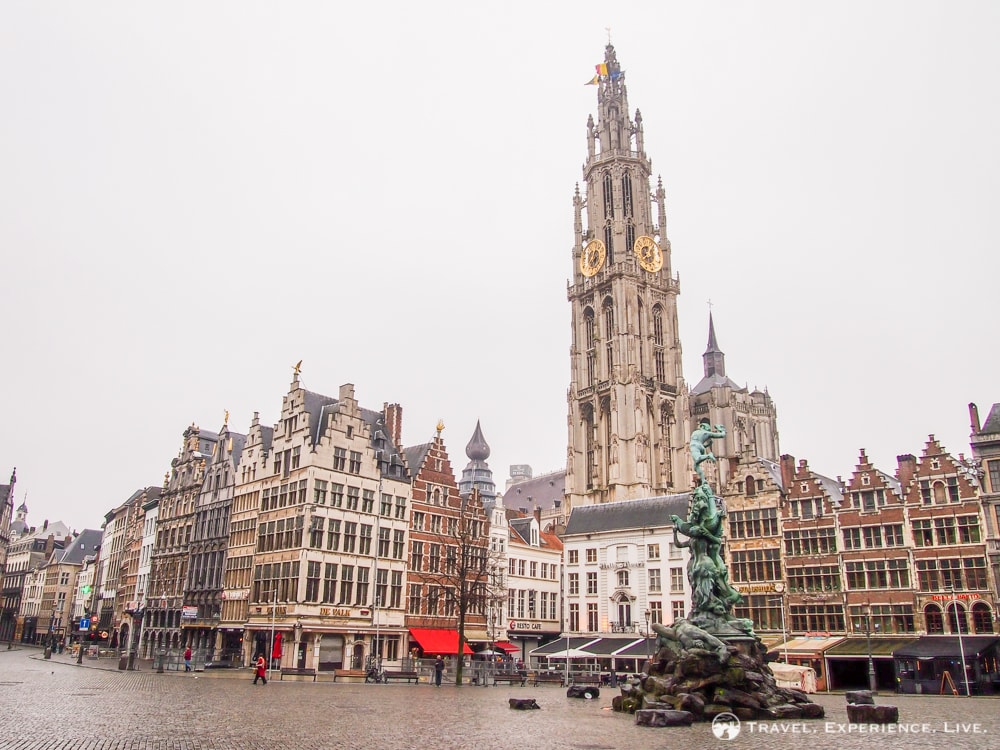
The UNESCO World Heritage Site “Belfries of Belgium and France” comprises no fewer than 56 belfries, 33 of which are found in Belgium. The beauty of this, I think, is that those 33 belfries are spread out all over the country—that is, in more than 30 towns or cities (a couple of cities have two World-Heritage-Listed belfries). The most spectacular belfries in Belgium are in Aalst, Ypres, Antwerp, Bruges, Mechelen and Ghent.
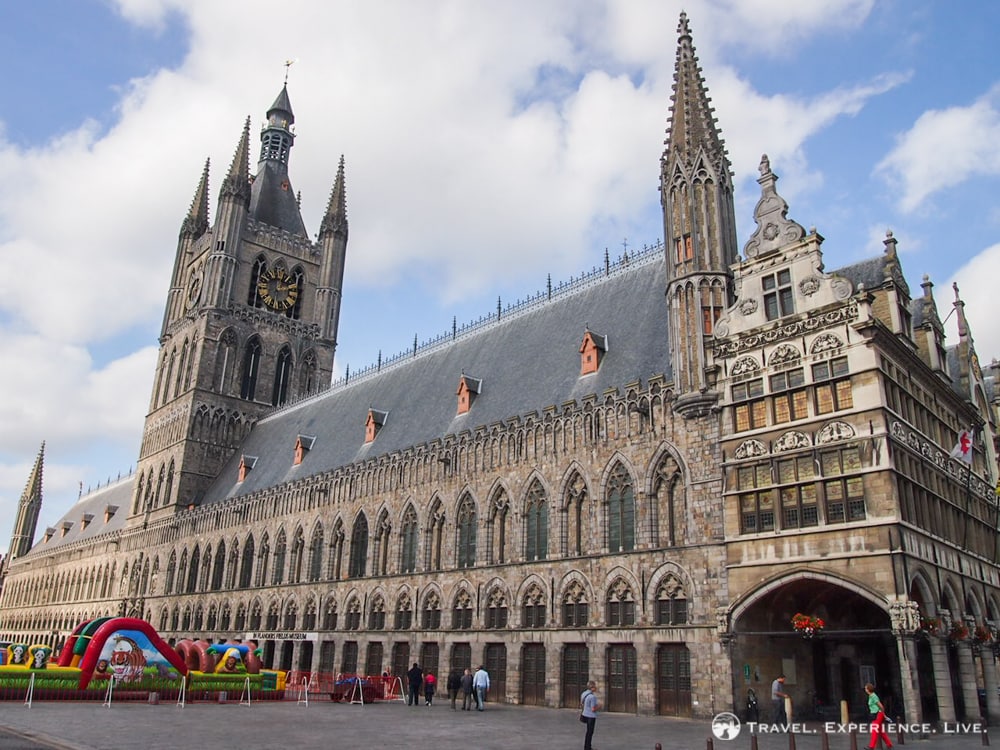
Here’s a full list of towns and cities in Belgium with a belfry:
Antwerp (2)
Bruges
Dendermonde
Diksmuide
Eeklo
Ghent
Herentals
Kortrijk
Leuven
Lier
Lo-Reninge
Menen
Nieuwpoort
Oudenaarde
Roeselare
Sint-Truiden
Tielt
Tienen
Tongeren
Veurne
Ypres
Zoutleeuw
Charleroi
Gembloux
Mons
Namur
Thuin
Tournai
Belfries of Belgium in Photos
Further reading: 15 Essential Activities to Do in Belgium
Flemish Béguinages
Although there are a few in England, the Netherlands and France as well, Flanders is where the overwhelming majority of the world’s béguinages are situated. An alternative social system that emerged in the 12th century, a béguinage was, and still is, a complex of houses, churches, chapels and communal spaces where béguines lived, and still live.
A béguine is an unmarried or widowed woman who dedicated her life to God. She was by no means poor—most of them were, in fact, rather well off—but chose to live a simple life.
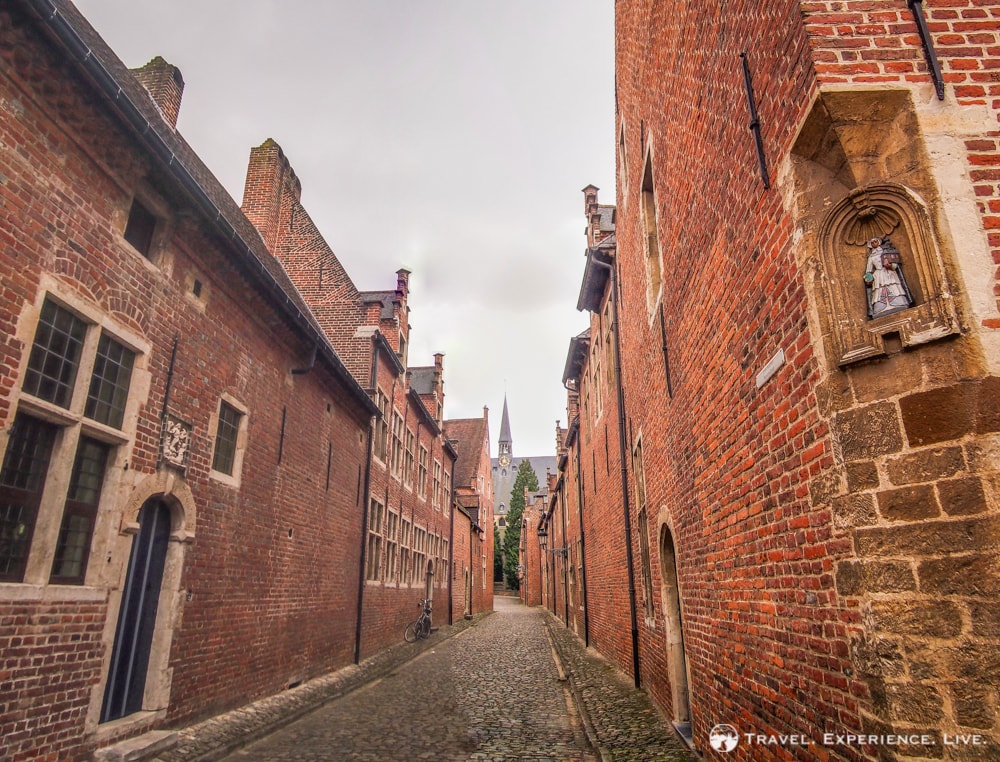
A béguinage was essentially a community of single women, founded by those women. It was completely self-sufficient, an enclosed area within a town or city that was walled and sometimes even surrounded by a ditch. The béguinage’s gates would be opened during the day and closed at night.
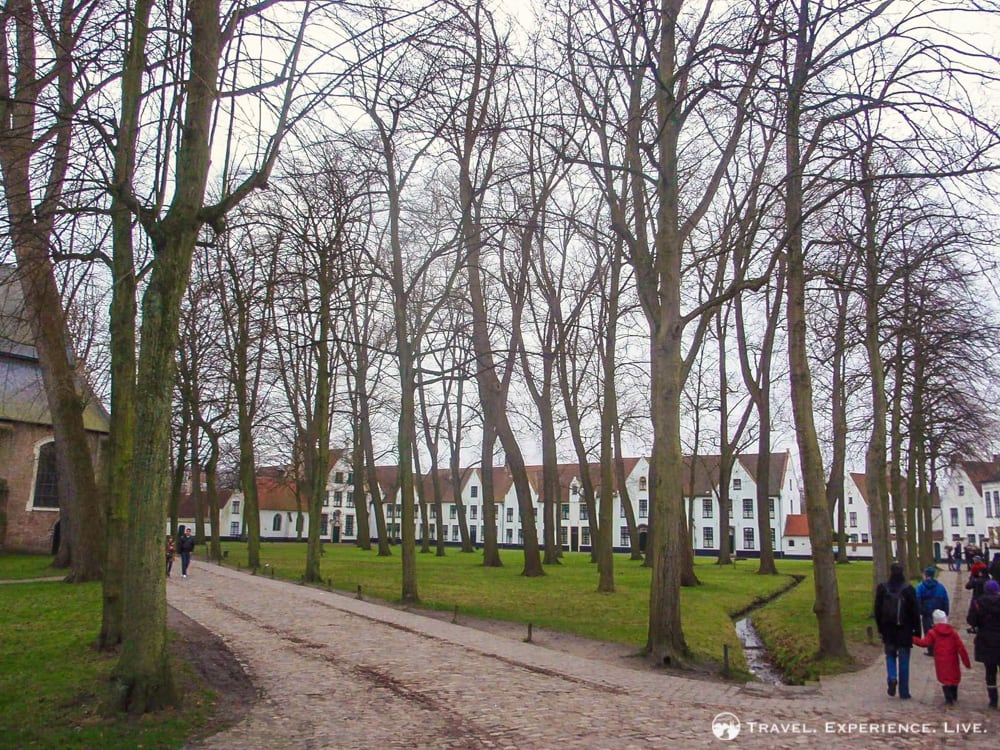
In a way, the béguines were far ahead of their time. They lived their lives on their own, completely independently and freely, and could essentially do whatever they pleased—they were religious, though, so there were obvious limits to that freedom, too. Women living independently together in a self-sufficient community was a system that was unique in Europe, and the world, at the time.
The UNESCO World Heritage Site “Flemish Béguinages” consists of 13 béguinages that dot Flanders. Just like the belfries, they all are in different cities. Flemish béguinages that are certainly worth visiting are those in Bruges, Leuven, Lier and Ghent.
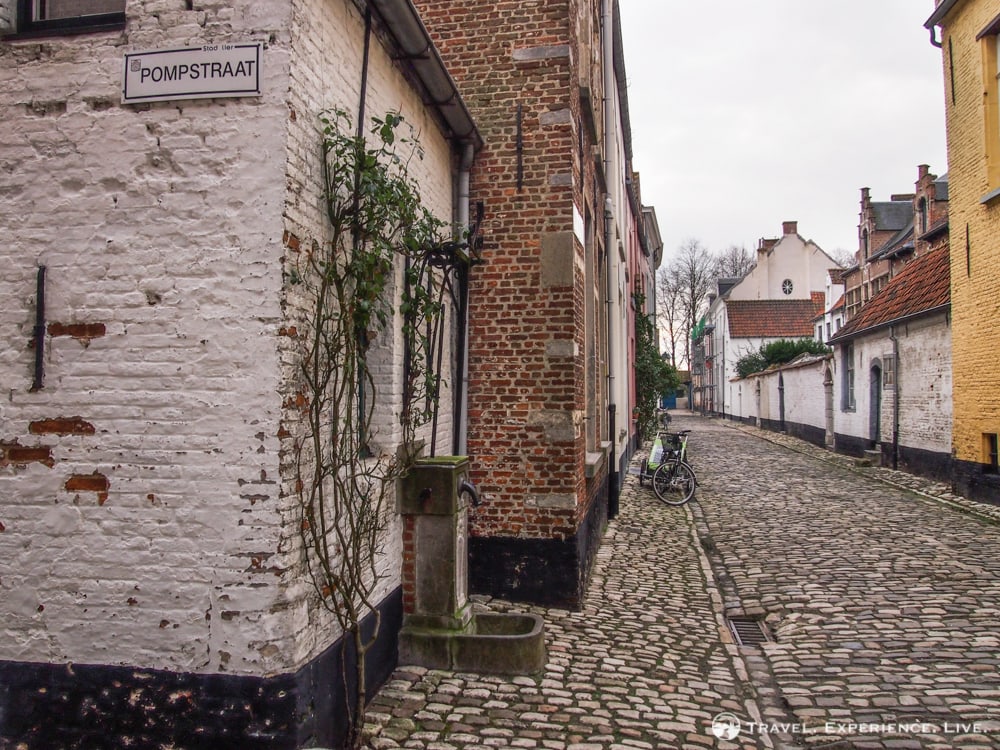
Here’s a full list of the Flemish béguinages:
Lier
Mechelen
Turnhout
Tongeren
Dendermonde
Ghent (2)
Leuven
Bruges
Kortrijk
Flemish Béguinages in Photos
Further reading: 10 Belgian Towns That Will Surprise You
With 33 belfries and 13 béguinages in Belgium, some of which are located in the same city, you will come across a World Heritage Site whether you want it or not when visiting Belgium. And, mind you, those are actually just two of the eleven UNESCO World Heritage Sites in Belgium!


















